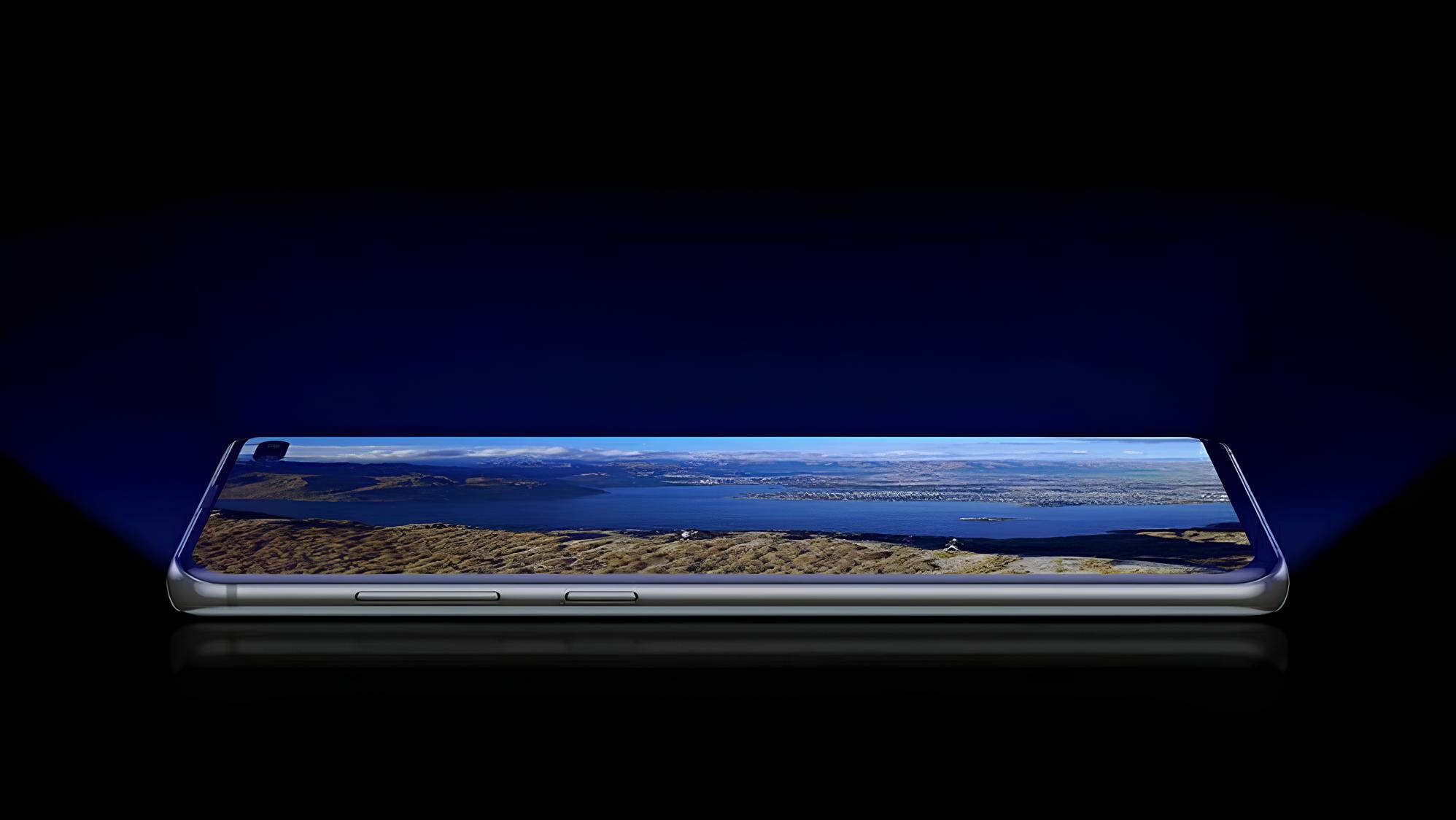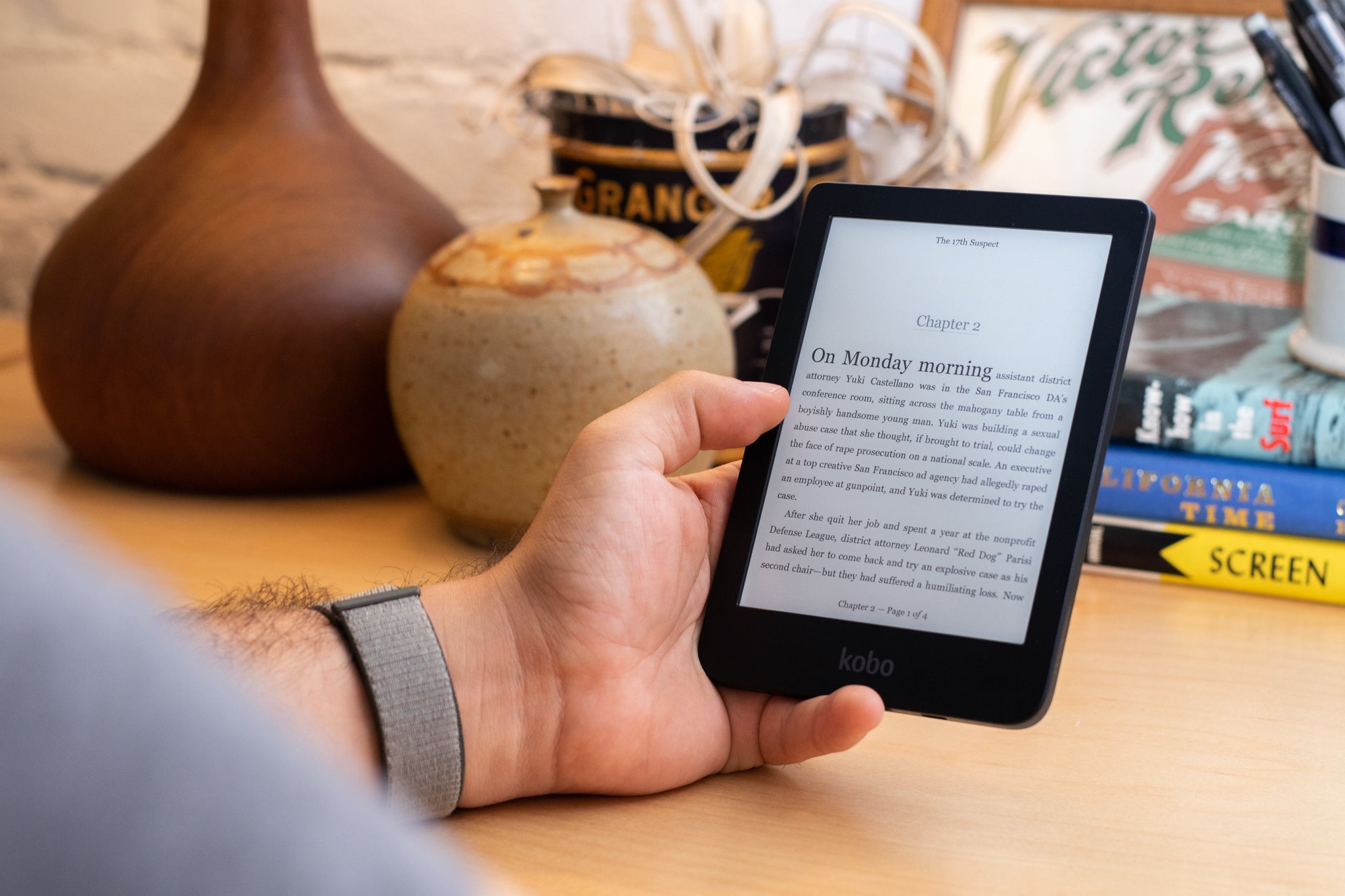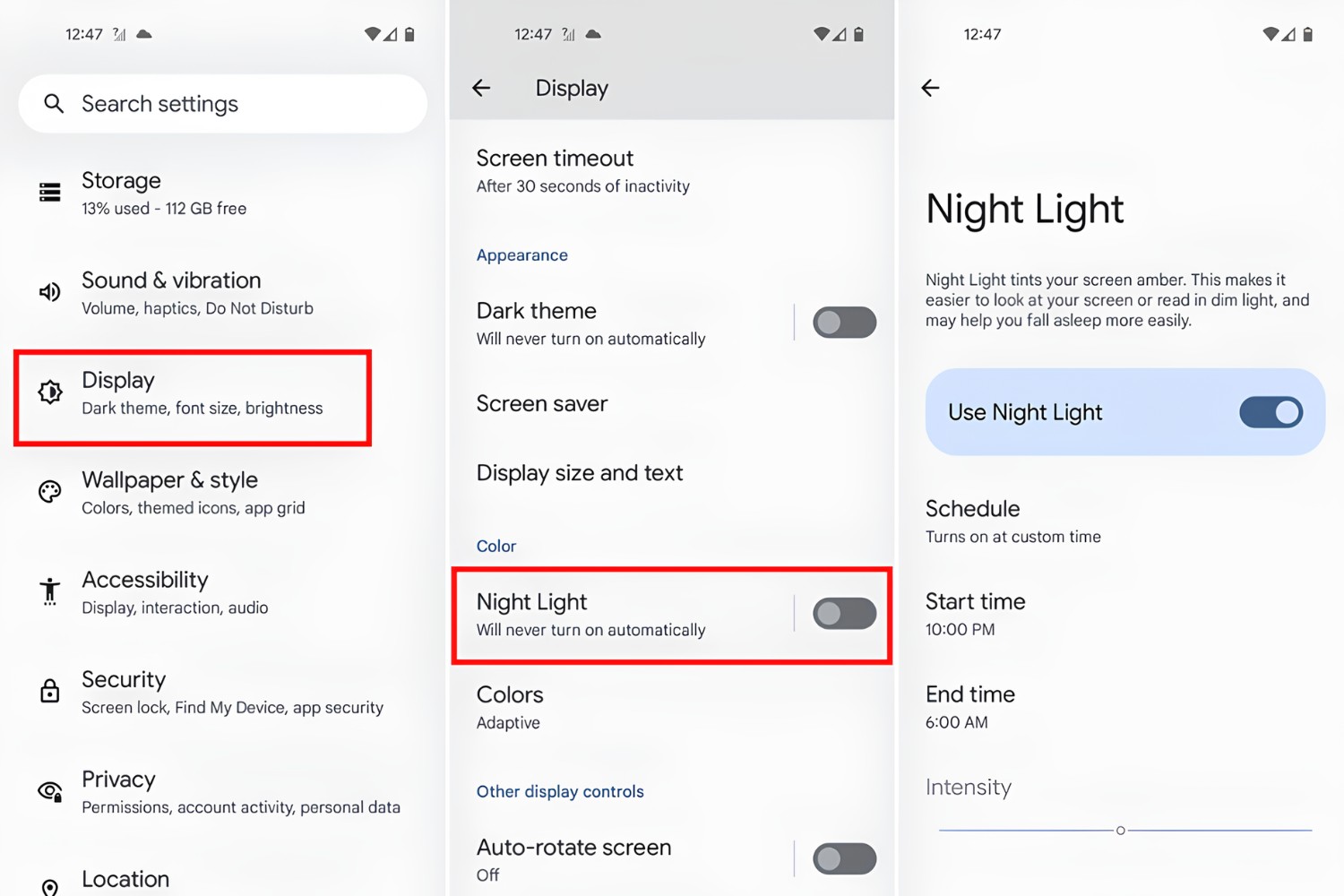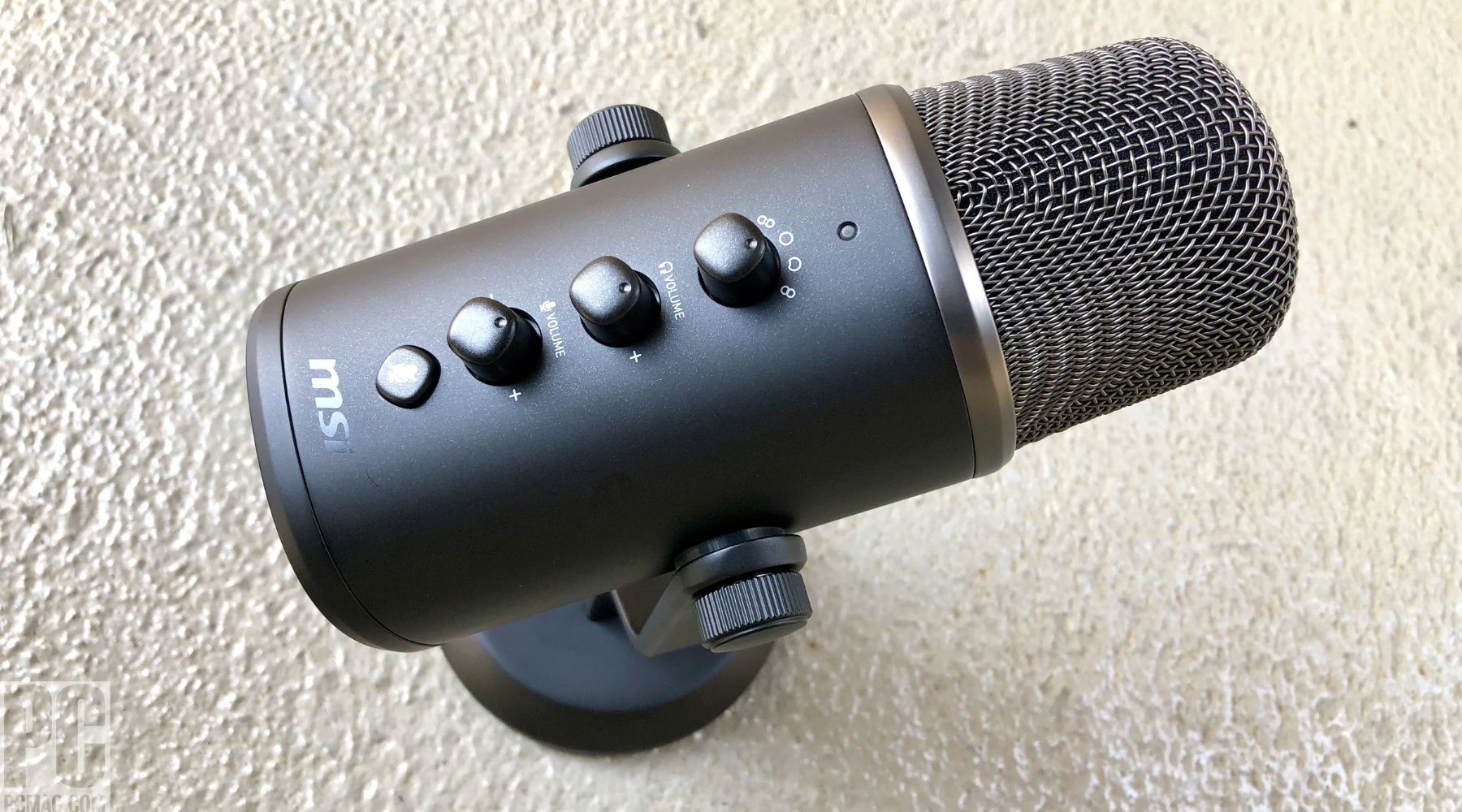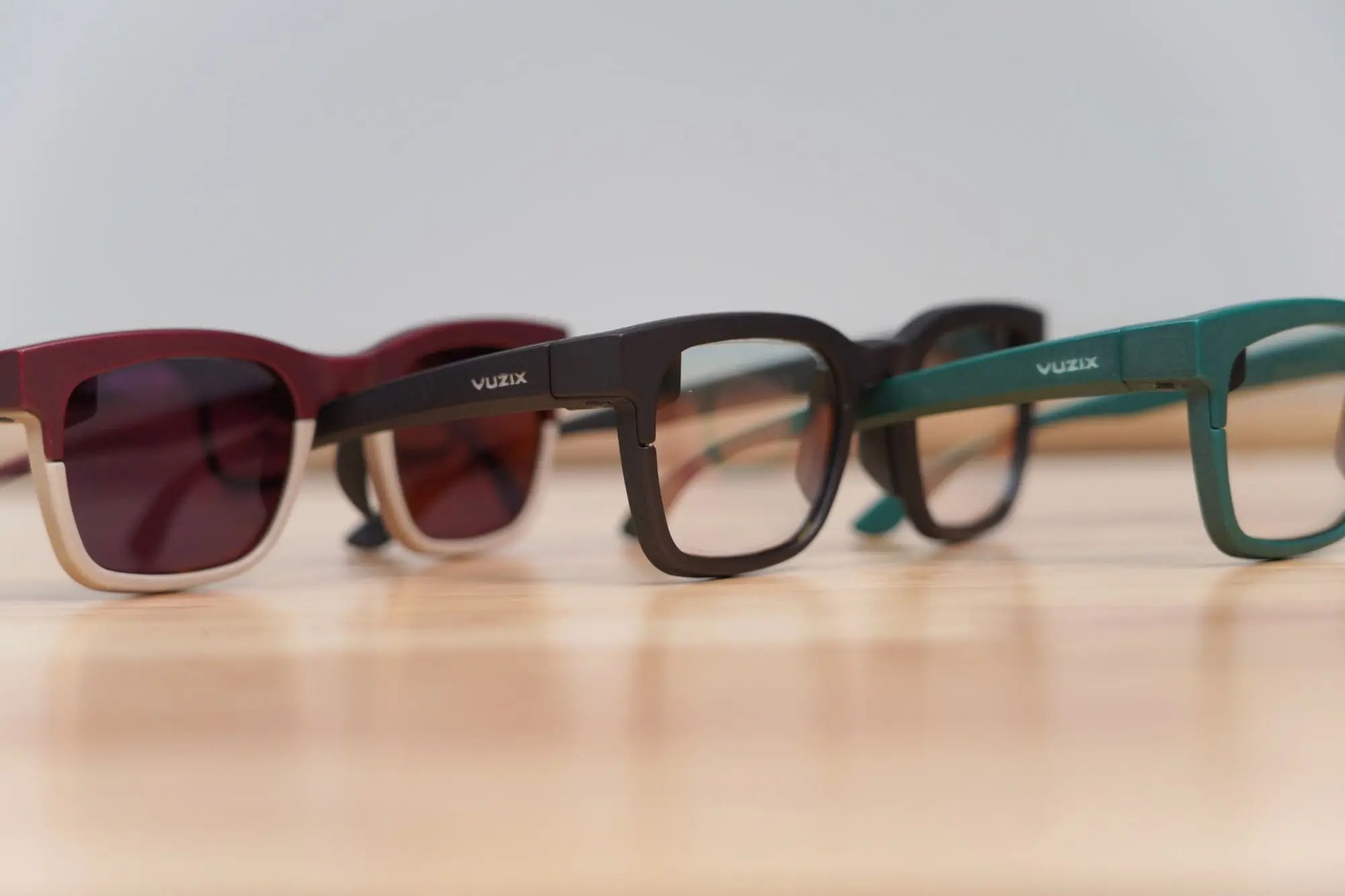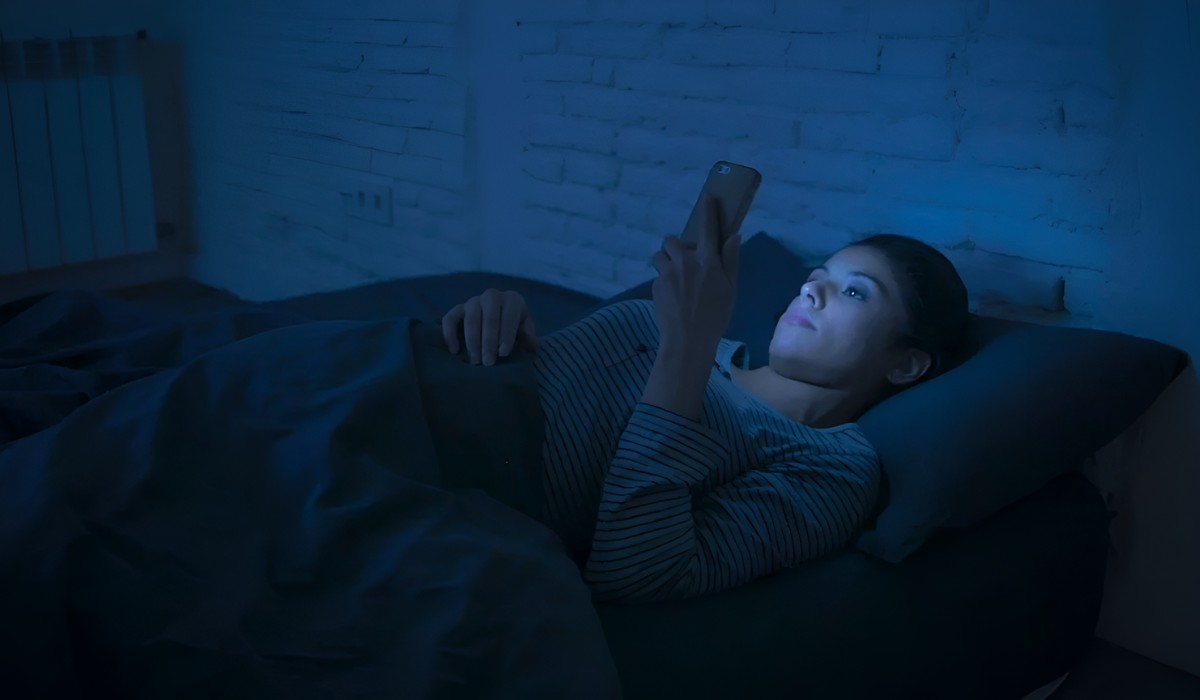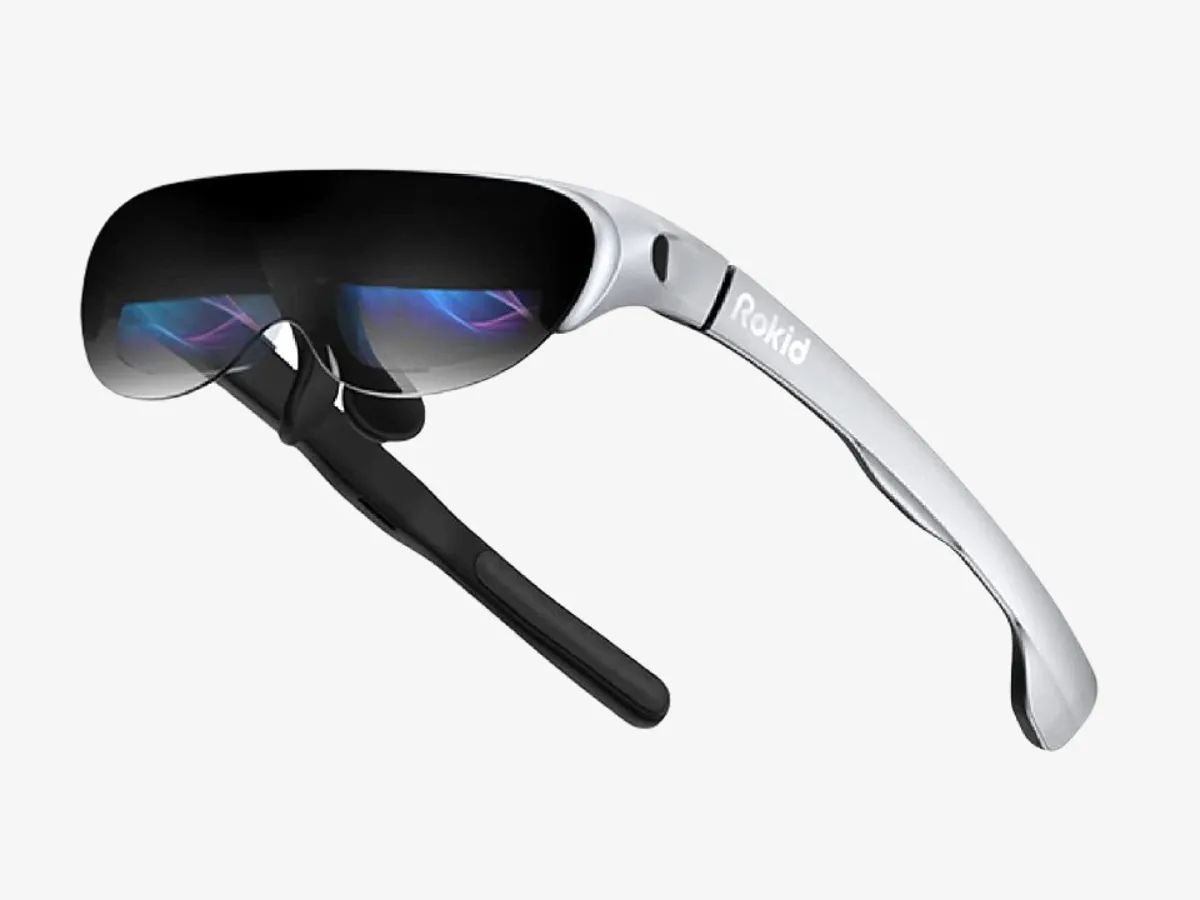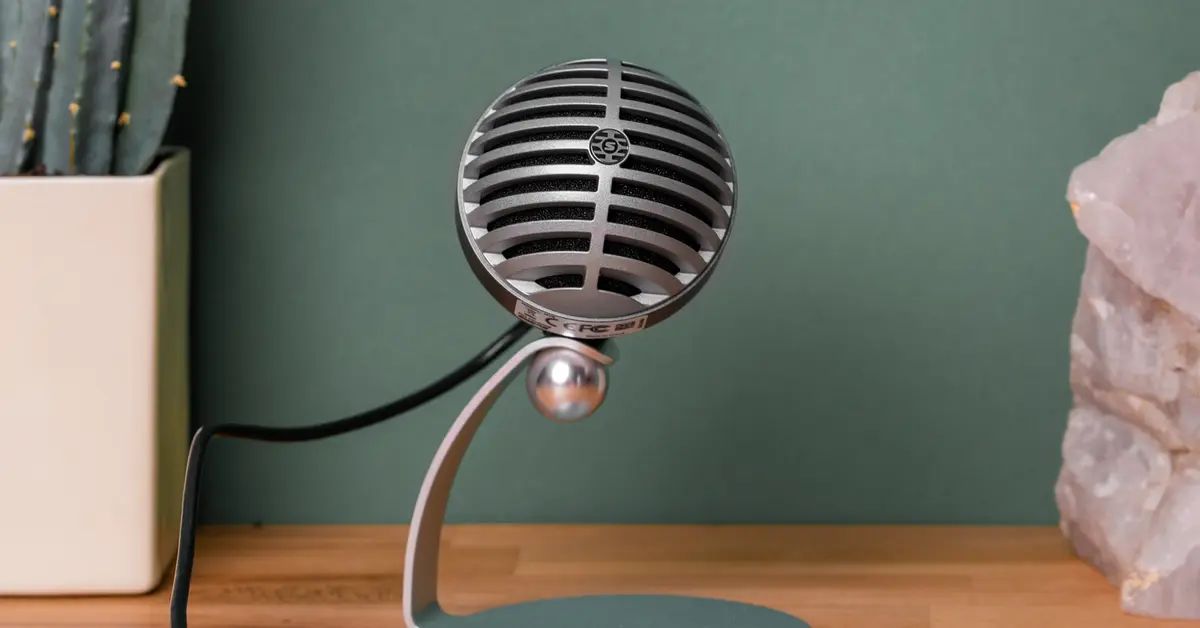Introduction
In today's digital age, our smartphones have become an indispensable part of our daily lives. From staying connected with loved ones to accessing a wealth of information at our fingertips, these devices offer unparalleled convenience. However, the widespread use of smartphones has raised concerns about the potential adverse effects of prolonged screen time, particularly the exposure to blue light emitted by these devices.
The detrimental impact of blue light on our eyes and overall well-being has prompted the integration of a feature known as the "blue light filter" in modern smartphones. This innovative technology aims to mitigate the potential harm caused by blue light, thereby enhancing user comfort and reducing the risk of eye strain and sleep disturbances.
Understanding the significance of the blue light filter and its role in promoting healthier smartphone usage is crucial for every individual who relies on these devices. Whether you're a tech enthusiast, a casual smartphone user, or someone seeking to optimize their digital habits, delving into the realm of blue light filters can empower you to make informed decisions about your smartphone usage.
In this comprehensive guide, we will unravel the mysteries behind the blue light filter, exploring its functionality, benefits, and practical implementation on your smartphone. By gaining a deeper understanding of this feature, you can harness the power of technology while safeguarding your visual health and overall well-being. Let's embark on a journey to demystify the purpose and utility of the blue light filter, empowering you to make the most of your smartphone experience.
What is a Blue Light Filter?
A blue light filter, also known as a blue light reduction feature, is a specialized technology integrated into electronic devices, such as smartphones, tablets, and computer screens, to mitigate the potentially harmful effects of blue light emissions. Blue light, which is part of the visible light spectrum, is characterized by its short wavelength and high energy. When emitted from digital screens, including those of smartphones, blue light has the potential to penetrate the eye's natural filters and reach the retina, leading to various visual and physiological implications.
The primary function of a blue light filter is to selectively reduce the amount of blue light emitted by the screen, thereby minimizing the exposure of the user's eyes to this high-energy light. By incorporating this feature, smartphone manufacturers aim to address concerns related to eye strain, visual discomfort, and potential disruptions to the body's circadian rhythm caused by prolonged exposure to blue light.
In essence, the blue light filter serves as a protective shield, creating a visual environment that is more conducive to extended screen use. This technology is designed to filter out a portion of the blue light spectrum without significantly compromising the overall visual quality of the display. By doing so, it seeks to strike a balance between preserving the user's visual comfort and maintaining the integrity of on-screen content.
The implementation of blue light filters underscores a proactive approach by device manufacturers to prioritize user well-being in the digital realm. As the awareness of blue light's potential impact on eye health continues to grow, the integration of blue light reduction features has become a standard practice in the development of modern electronic devices. This reflects a collective effort to empower users to engage with digital technology while minimizing the associated risks to their visual and physiological health.
In the next section, we will delve into the mechanics of how a blue light filter operates, shedding light on its underlying principles and functionality. Understanding the inner workings of this technology will provide valuable insights into its efficacy and potential benefits for smartphone users.
How Does a Blue Light Filter Work?
A blue light filter operates by selectively reducing the amount of high-energy blue light emitted by electronic screens, such as those found on smartphones, tablets, and computers. This technology is designed to alter the color composition of the displayed light, thereby minimizing the potential adverse effects associated with prolonged exposure to blue light.
The mechanism behind a blue light filter involves the application of specialized software or hardware adjustments to the display settings of the device. By modifying the color temperature and intensity of the emitted light, the filter aims to diminish the proportion of blue light while preserving the overall visual quality of the screen. This is achieved through a process known as spectral tuning, where the spectral power distribution of the emitted light is adjusted to reduce the output in the blue light range.
Typically, blue light filters leverage sophisticated algorithms to identify and attenuate the specific wavelengths corresponding to blue light, thereby creating a warmer and less intense visual output. This shift in color temperature is aimed at minimizing the potential impact of blue light on the user's eyes and overall well-being, without compromising the legibility or clarity of on-screen content.
The implementation of a blue light filter is often customizable, allowing users to adjust the intensity and activation of the filter based on their preferences and environmental conditions. Some devices offer automated scheduling features that enable the filter to activate during evening hours or in low-light settings, aligning with the body's natural circadian rhythm and minimizing potential disruptions to sleep patterns.
Furthermore, advancements in display technology have facilitated the integration of hardware-based blue light reduction solutions, such as specialized screen coatings or filters. These physical enhancements work in conjunction with software-based adjustments to further diminish the transmission of blue light, offering an additional layer of protection for the user's eyes.
By leveraging a combination of software and hardware interventions, blue light filters strive to create a visual environment that is more conducive to extended screen use, while addressing concerns related to eye strain, visual discomfort, and potential disruptions to sleep patterns. This proactive approach underscores the commitment of device manufacturers to prioritize user well-being and enhance the overall digital experience.
Understanding the inner workings of a blue light filter provides valuable insights into its efficacy and potential benefits for users, empowering individuals to make informed decisions about their digital habits and visual health. As we continue to explore the significance of this technology, we gain a deeper appreciation for its role in promoting healthier smartphone usage and mitigating the potential risks associated with blue light exposure.
Benefits of Using a Blue Light Filter
Using a blue light filter offers a myriad of benefits that contribute to the overall well-being and visual comfort of smartphone users. These advantages extend beyond mere convenience, encompassing tangible enhancements to eye health, sleep quality, and long-term visual acuity. By embracing the protective shield provided by a blue light filter, users can experience a host of advantages that enrich their digital interactions and mitigate potential risks associated with prolonged screen time.
1. Reduced Eye Strain:
One of the primary benefits of using a blue light filter is the reduction of eye strain during extended smartphone usage. By selectively attenuating the high-energy blue light emitted by the screen, the filter minimizes the visual stress experienced by users, particularly during prolonged reading or browsing sessions. This reduction in eye strain contributes to a more comfortable and sustainable viewing experience, allowing individuals to engage with their devices for longer durations without experiencing discomfort or fatigue.
2. Enhanced Visual Comfort:
The implementation of a blue light filter creates a visually soothing environment by reducing the intensity of blue light emissions. This enhancement in visual comfort is particularly beneficial for individuals who rely extensively on their smartphones for work, leisure, or educational purposes. By mitigating the harshness of blue light, the filter fosters a more pleasant and relaxed viewing experience, promoting greater overall satisfaction and usability of the device.
3. Improved Sleep Quality:
Exposure to blue light, especially during evening hours, has been linked to disruptions in the body's natural circadian rhythm, potentially leading to difficulties in falling asleep. By using a blue light filter, users can minimize the impact of blue light on their sleep patterns. The filter's ability to create a warmer and less intense visual output aligns with the body's natural sleep-wake cycle, reducing the likelihood of sleep disturbances caused by excessive blue light exposure.
4. Potential Long-Term Eye Health Benefits:
Consistent use of a blue light filter may contribute to the preservation of long-term eye health by minimizing the cumulative effects of blue light exposure. While further research is warranted, the proactive approach offered by the filter in reducing high-energy blue light emissions underscores its potential to safeguard the eyes from the potential risks associated with prolonged digital screen usage.
5. Customizable User Experience:
Many smartphones offer customizable settings for the blue light filter, allowing users to tailor the filter's intensity and activation based on their preferences and environmental conditions. This flexibility empowers individuals to personalize their viewing experience, ensuring that the filter aligns with their unique visual comfort needs and usage patterns.
In essence, the benefits of using a blue light filter extend far beyond immediate visual relief, encompassing a holistic approach to promoting healthier smartphone usage and safeguarding the well-being of users. By embracing the protective capabilities of this technology, individuals can unlock a host of advantages that enhance their digital interactions while prioritizing their visual health and comfort.
When Should You Use a Blue Light Filter?
Integrating a blue light filter into your digital routine can significantly benefit your visual well-being, especially in specific scenarios where its protective capabilities are particularly valuable.
1. Evening Hours:
As the day transitions into evening, the natural ambient light diminishes, and individuals often find themselves relying on artificial lighting sources, including smartphones, for various activities. During this time, the use of a blue light filter becomes especially crucial. By activating the filter during evening hours, you can mitigate the potential disruptions to your circadian rhythm caused by prolonged exposure to blue light. This proactive measure aligns with the body's natural sleep-wake cycle, reducing the likelihood of sleep disturbances and promoting a more restful transition into bedtime.
2. Prolonged Screen Time:
In situations that necessitate extended screen use, such as work-related tasks, academic pursuits, or leisure activities, the implementation of a blue light filter is highly recommended. Prolonged exposure to digital screens can lead to increased eye strain and visual discomfort, particularly when subjected to the intense blue light emitted by the device. By utilizing the filter during extended screen sessions, you can reduce the risk of eye strain, fostering a more comfortable and sustainable viewing experience.
3. Low-Light Environments:
In low-light settings, such as dimly lit rooms or nighttime environments, the impact of blue light on visual comfort and potential sleep disturbances is amplified. Employing a blue light filter in such environments can help create a visually soothing atmosphere by diminishing the intensity of blue light emissions. This enhancement in visual comfort contributes to a more pleasant and relaxed viewing experience, ensuring that your eyes are shielded from the harsh effects of blue light in low-light conditions.
4. Preparing for Sleep:
As part of a pre-sleep routine, activating the blue light filter on your smartphone can serve as a proactive measure to prepare your body for rest. By reducing the exposure to high-energy blue light in the moments leading up to bedtime, the filter helps signal to your body that it's time to wind down. This can aid in minimizing potential disruptions to your sleep patterns, allowing for a smoother transition into a restful night's sleep.
In essence, the strategic utilization of a blue light filter in specific scenarios, such as evening hours, prolonged screen time, low-light environments, and pre-sleep routines, empowers individuals to proactively safeguard their visual health and well-being. By recognizing the opportune moments to engage the protective capabilities of the filter, you can optimize your digital interactions while prioritizing your eyes' comfort and long-term health.
How to Use the Blue Light Filter on Your Phone
Activating the blue light filter on your smartphone is a straightforward process that can be customized to align with your preferences and usage patterns. The specific steps for enabling the filter may vary based on the operating system and device model, but the fundamental principles remain consistent across most smartphones. Here's a comprehensive guide on how to use the blue light filter on your phone:
Step 1: Access Display Settings
Begin by accessing the display settings on your smartphone. This can typically be achieved by navigating to the device's settings menu and selecting the "Display" or "Screen" options. Once in the display settings, look for the section related to the blue light filter or display enhancements.
Step 2: Enable Blue Light Filter
Within the display settings, locate the option to enable the blue light filter. This may be represented as "Blue Light Filter," "Night Mode," or a similar designation, depending on the device. Activate the filter by toggling the corresponding switch or selecting the appropriate setting to turn it on.
Step 3: Adjust Filter Intensity (Optional)
Many smartphones offer the flexibility to adjust the intensity of the blue light filter based on individual preferences. If customization options are available, explore the settings to fine-tune the filter's intensity to suit your visual comfort needs. This adjustment allows you to personalize the filter to align with your unique preferences and environmental conditions.
Step 4: Schedule Activation (Optional)
Some devices provide the option to schedule the automatic activation of the blue light filter during specific times, such as evening hours. If this feature is available, consider setting a schedule that aligns with your typical usage patterns and the natural transition into nighttime. Automating the activation of the filter ensures that you benefit from its protective capabilities without the need for manual intervention.
Step 5: Familiarize with Additional Settings (Device-Specific)
Depending on the smartphone model and operating system, there may be additional settings or advanced features related to the blue light filter. Take the time to explore these options to gain a comprehensive understanding of the filter's capabilities and potential customizations available on your specific device.
By following these steps, you can seamlessly integrate the blue light filter into your smartphone usage, harnessing its protective benefits and promoting a more comfortable and visually soothing experience. The intuitive nature of the activation process empowers users to prioritize their visual well-being with ease, ensuring that the protective shield of the blue light filter becomes an integral part of their digital interactions.
Incorporating the blue light filter into your smartphone usage represents a proactive step towards safeguarding your visual health and enhancing the overall comfort of extended screen time. By familiarizing yourself with the activation process and potential customizations, you can optimize your digital experience while prioritizing your eyes' long-term well-being.
Conclusion
In conclusion, the blue light filter stands as a pivotal feature in modern smartphones, offering a proactive solution to mitigate the potential adverse effects of prolonged screen time. By selectively reducing the emission of high-energy blue light, this technology prioritizes user well-being and visual comfort, fostering a more sustainable and enjoyable smartphone experience.
The journey to understand the purpose and utility of the blue light filter has unveiled its multifaceted significance. From reducing eye strain during extended usage to enhancing visual comfort in low-light environments, the filter's benefits extend far beyond immediate relief, encompassing a holistic approach to promoting healthier smartphone usage. Its potential to contribute to long-term eye health underscores the profound impact of this technology on users' overall well-being.
As we navigate the digital landscape, the strategic utilization of the blue light filter emerges as a fundamental practice in safeguarding our visual health. By recognizing opportune moments to engage the protective capabilities of the filter, such as during evening hours and prolonged screen time, individuals can proactively prioritize their eyes' comfort and long-term health. Furthermore, the customizable nature of the filter empowers users to tailor their visual experience, ensuring that the protective shield seamlessly integrates into their digital interactions.
The seamless activation process and potential customizations underscore the user-centric design of the blue light filter, positioning it as an essential tool for enhancing the overall comfort of extended screen time. As smartphone users continue to embrace the digital realm for work, leisure, and connectivity, the protective shield provided by the blue light filter becomes an integral component of their visual well-being.
In essence, the blue light filter represents a testament to the ongoing evolution of technology, where user well-being takes precedence in the design and functionality of electronic devices. By embracing the protective capabilities of this feature, individuals can navigate the digital landscape with confidence, knowing that their visual health and comfort are prioritized.
As we look towards the future, the integration of the blue light filter serves as a testament to the industry's commitment to enhancing the digital experience while safeguarding users' well-being. By embracing this technology, individuals can embark on a journey towards healthier smartphone usage, empowered by the protective shield of the blue light filter.







